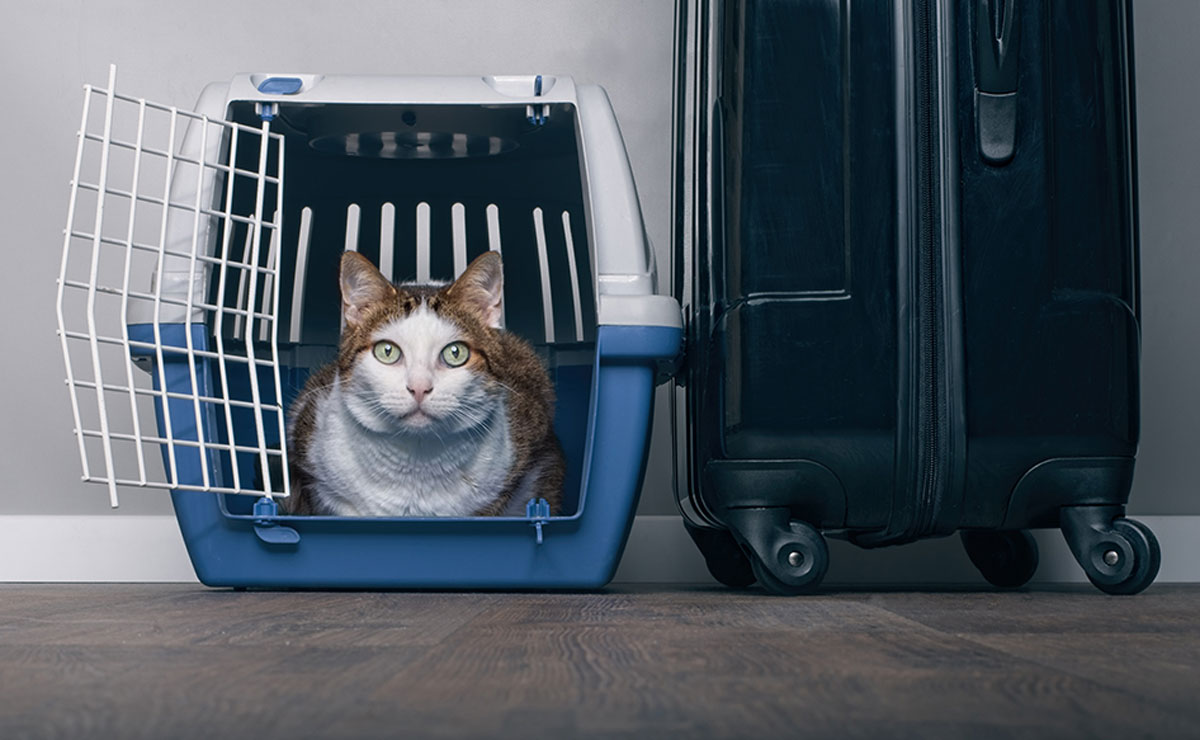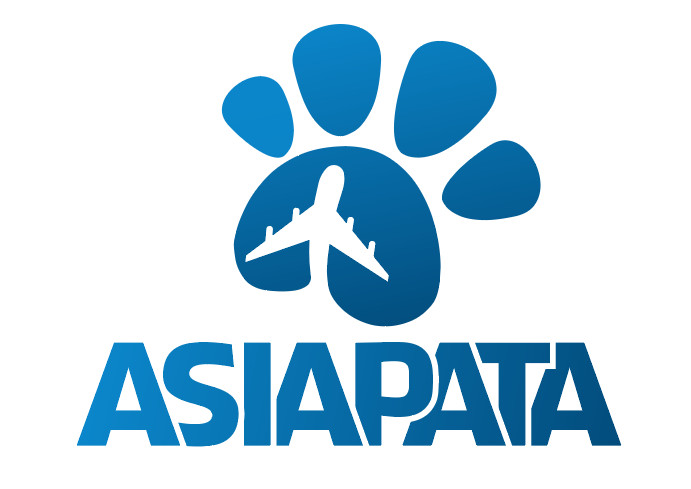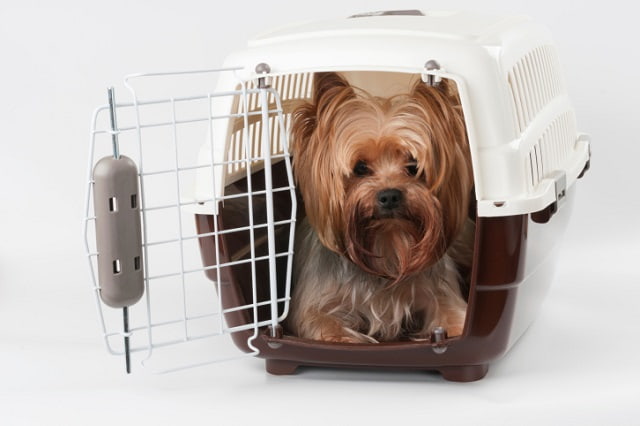Pets Entering the EU – Updated Procedures After 2025
The Importance of Understanding EU Pet Import Regulations
For many pet owners planning to move, study, or travel to Europe, bringing their beloved animals along is an important part of the journey. However, the European Union (EU) maintains strict regulations to protect public health, animal welfare, and prevent the spread of diseases such as rabies.
Starting from 2025, several updates in the EU’s pet import procedures have been implemented, affecting travelers from both EU and non-EU countries. Understanding these new rules is essential to ensure a smooth and compliant entry for your pets.
Key Changes in EU Pet Entry Regulations (Post-2025)
-
Updated Health Certification Requirements
From 2025, pets entering the EU must have an updated veterinary health certificate issued within 10 days before entry, confirming they are free from contagious diseases and fit for travel. The format of the certificate has been standardized across all member states, following the new EU Animal Health Regulation (AHR). -
Microchip Identification Standards
All dogs, cats, and ferrets must be microchipped with an ISO 11784/11785 compliant microchip before vaccination. The chip must be readable by EU scanners; otherwise, pet owners are required to bring their own reader. -
Rabies Vaccination and Validity
Rabies vaccination remains mandatory, but since 2025, the EU requires digital proof of vaccination linked to the microchip ID. Only vaccines approved by the European Medicines Agency (EMA) or the exporting country’s recognized authority are accepted. -
New Rules for Third-Country Imports (Non-EU Nations)
-
For pets entering from countries not listed as low-risk, a rabies antibody titration test performed at an EU-approved laboratory is required.
-
The blood sample must be taken at least 30 days after vaccination and 3 months before entry.
-
The result must show a neutralizing antibody level of at least 0.5 IU/ml.
-
-
Digital Registration Through TRACES.NT System
Since early 2025, all non-commercial pet imports must be pre-registered through the TRACES.NT platform, the EU’s online system for tracking the movement of animals. This measure enhances transparency, ensures traceability, and simplifies customs checks at the border.

Number of Pets Allowed and Entry Conditions
Under EU law, each traveler can bring up to five pets for non-commercial purposes. These pets must:
-
Travel with (or within five days of) their owner.
-
Not be intended for sale or transfer of ownership.
-
Enter through designated EU entry points with veterinary inspection facilities.
For special cases such as transit through multiple EU countries, pet owners must declare the full travel route in advance when submitting their TRACES.NT registration.
Countries with Simplified Entry Procedures
The EU maintains a list of “Part 1 and Part 2 listed countries” under the Animal Health Regulation, which have agreements recognizing equivalent standards for disease control.
Travelers from these countries, including the UK, Australia, Japan, and Singapore, enjoy a simplified procedure — no quarantine is required if all documentation is valid.
However, travelers from non-listed countries such as Vietnam, Thailand, or India must complete the antibody titration test and comply with longer waiting periods.
Quarantine and Veterinary Checks
Although the EU has abolished long-term quarantine for compliant pets, veterinary inspections at entry points remain mandatory. If a pet fails to meet requirements, it may be:
-
Returned to the country of origin,
-
Placed in quarantine (at owner’s expense), or
-
In rare cases, euthanized if posing a public health risk.
To avoid delays, owners should keep all documents — microchip record, vaccination certificates, rabies test results, and health certificate — in both physical and digital formats.
Preparing Pets for EU Entry
1. Visit a licensed veterinarian early: Begin preparations at least six months before travel to complete all vaccinations, testing, and paperwork.
2. Verify microchip compatibility: Ensure the chip meets ISO standards or prepare a reader device.
3. Use an approved travel crate: Follow IATA (International Air Transport Association) guidelines for air transport.
4. Work with a certified pet relocation company: Agencies familiar with EU regulations can assist with documentation, customs clearance, and coordination with airlines.
How ASIAPATA Supports Pet Owners
At ASIAPATA, we specialize in pet relocation and international logistics, offering tailored solutions for clients relocating their animals to Europe. Our services include:
-
Veterinary document verification and translation.
-
Rabies antibody testing coordination with EU-approved labs.
-
TRACES.NT registration and customs clearance support.
-
Door-to-door pickup and delivery across major EU cities.
We understand that each pet is unique — that’s why our team ensures safe, stress-free travel experiences while maintaining full compliance with the latest EU regulations.
Conclusion
The updated EU pet import regulations after 2025 mark an important shift toward greater transparency, animal welfare, and biosecurity. For pet owners, thorough preparation and understanding of the process can make the difference between a smooth relocation and costly delays.
With professional guidance from ASIAPATA, you can confidently navigate every stage — from vaccination and documentation to arrival inspection — ensuring your pet’s journey to Europe is safe, legal, and comfortable.
Read more:














